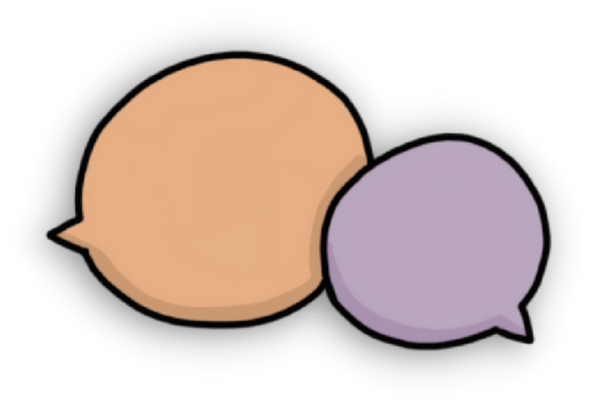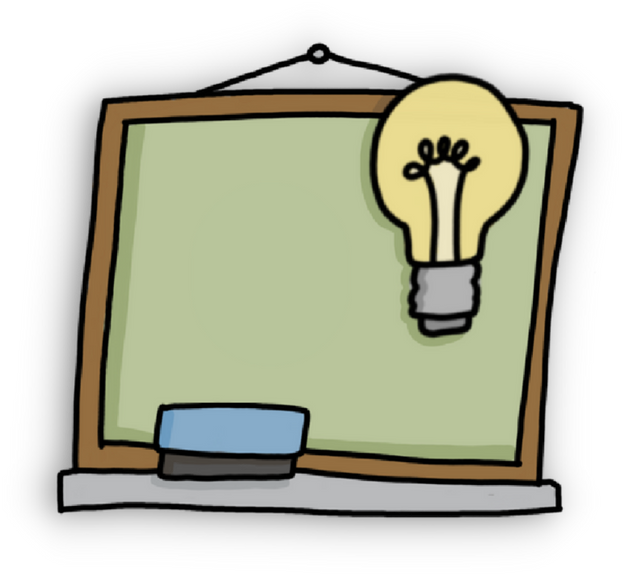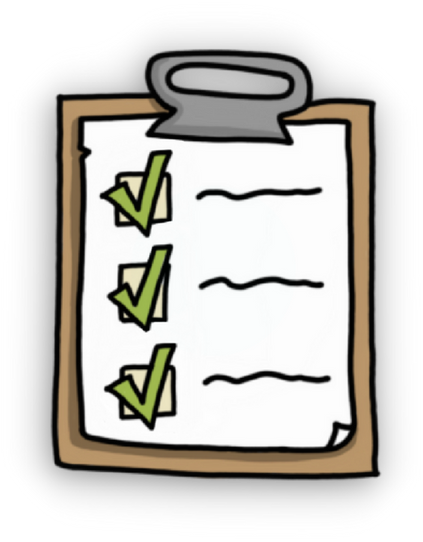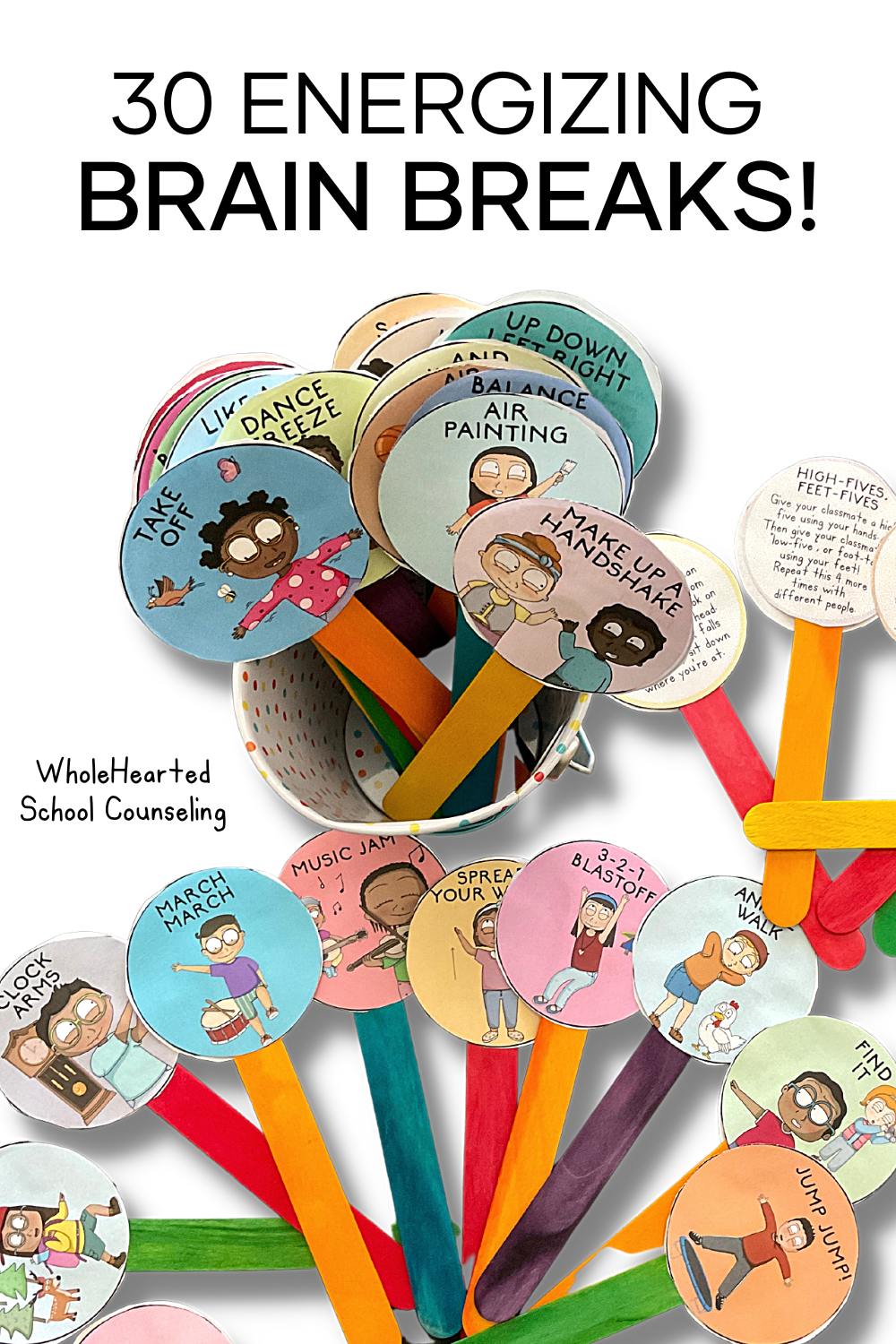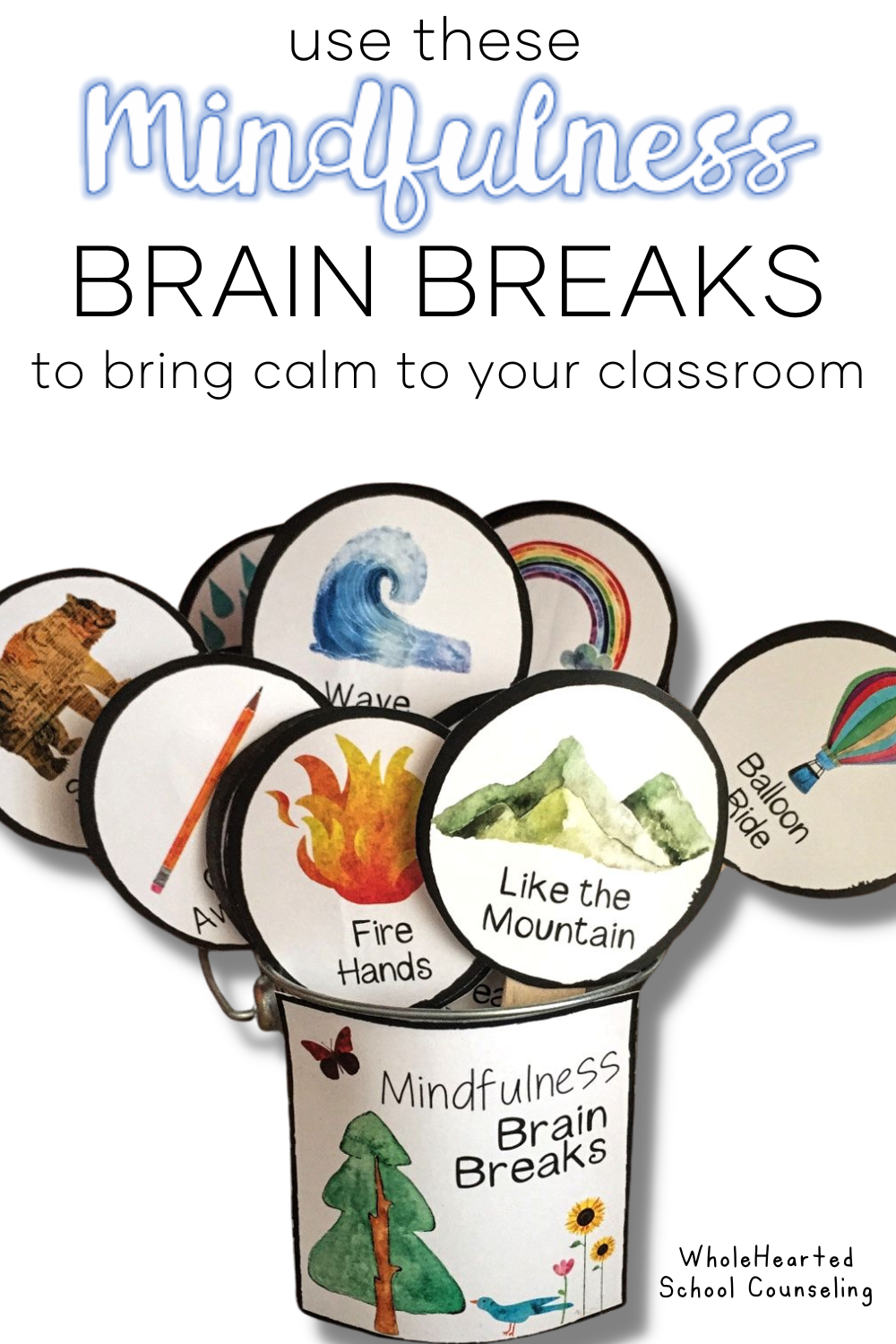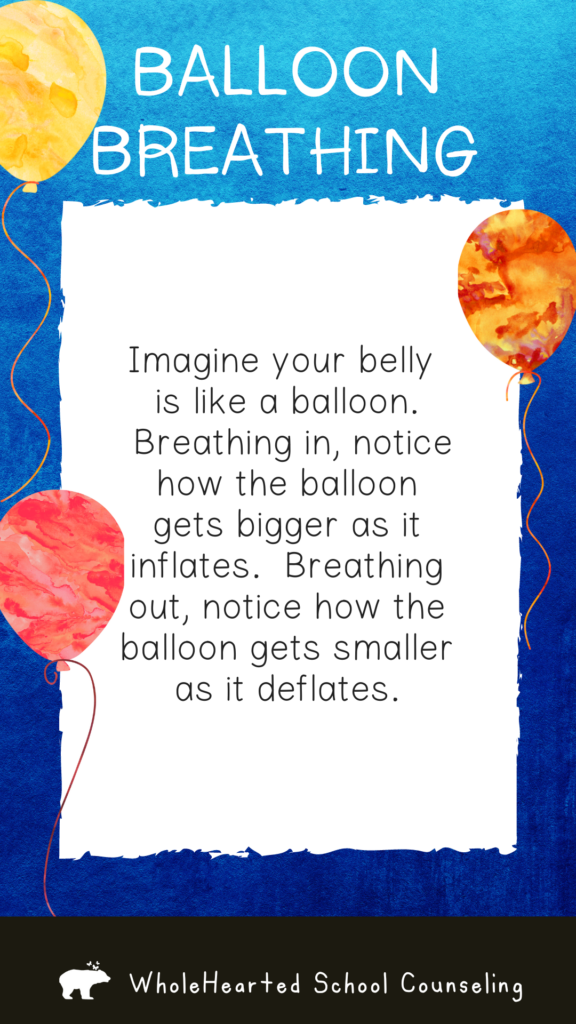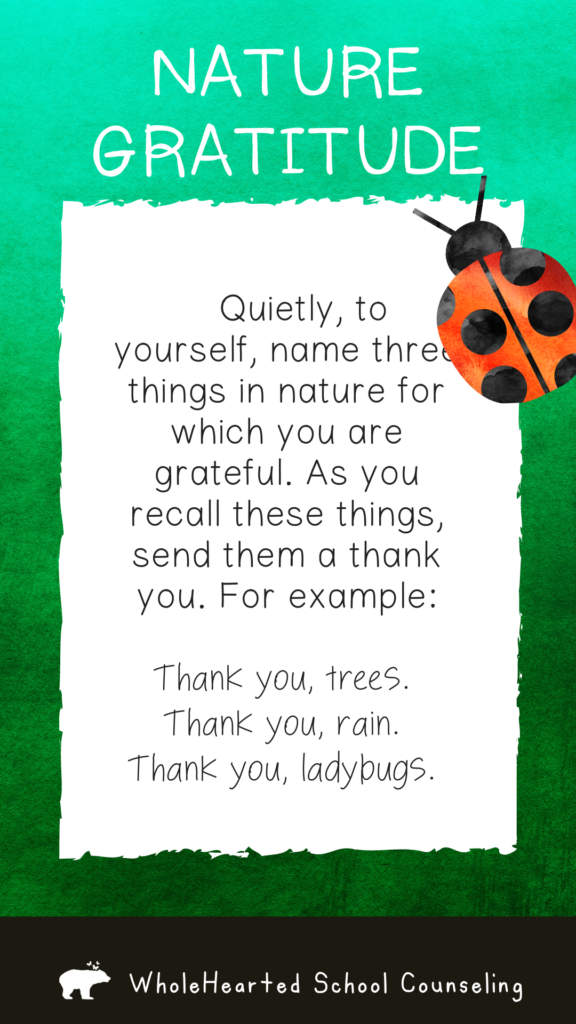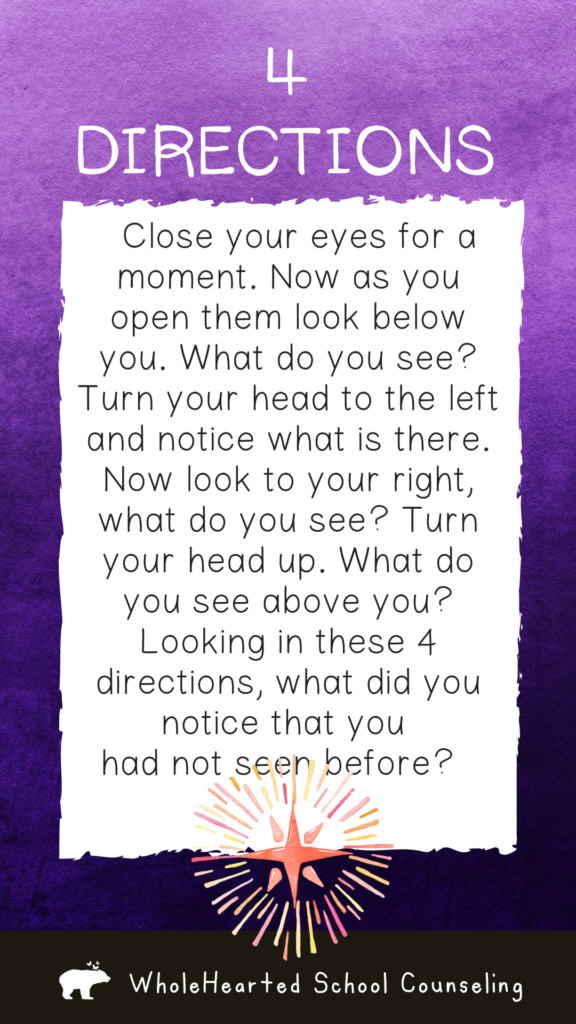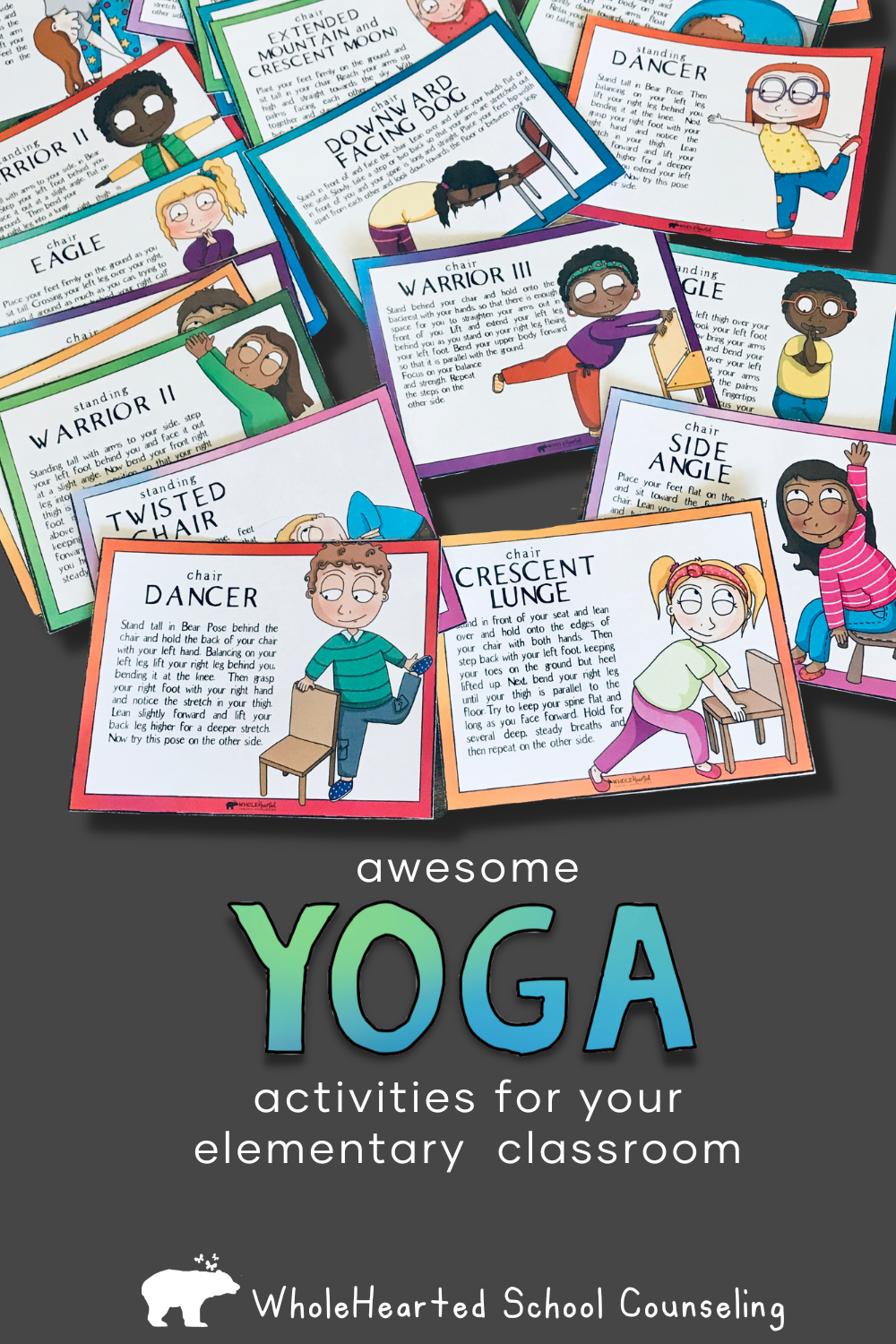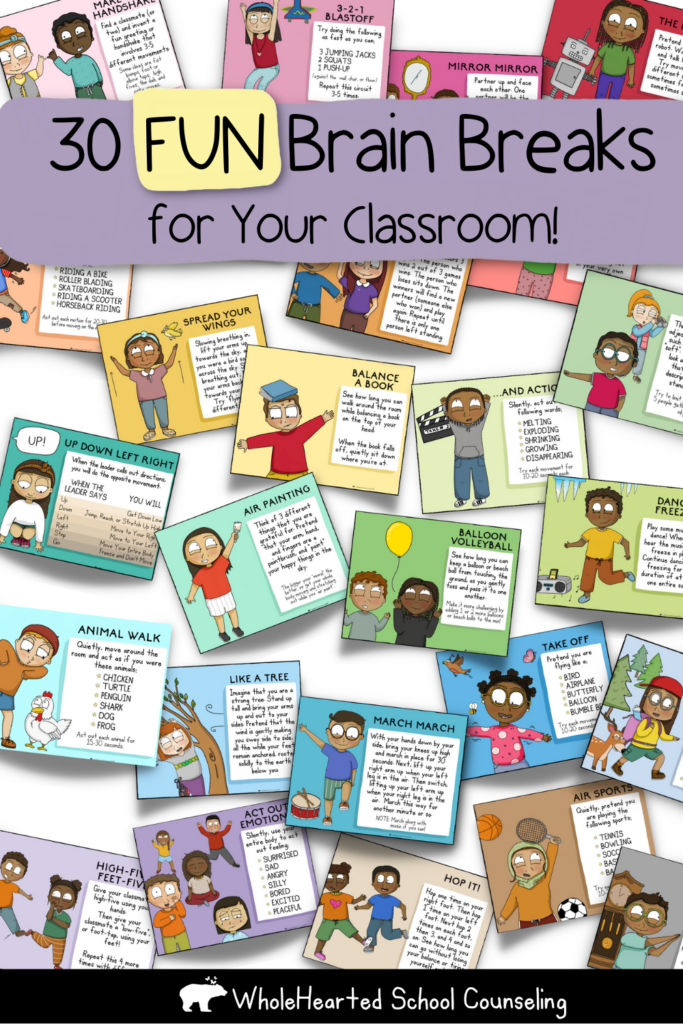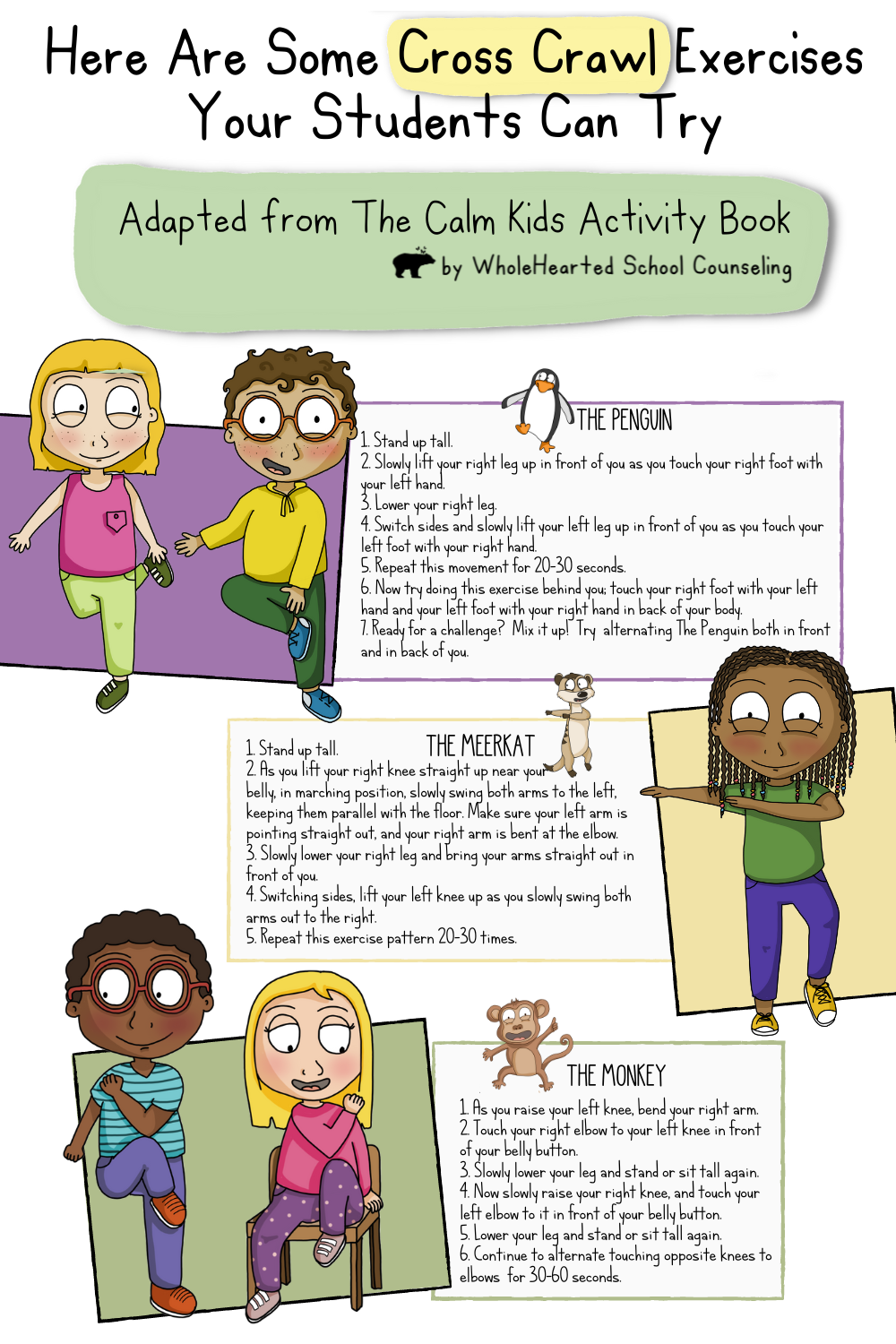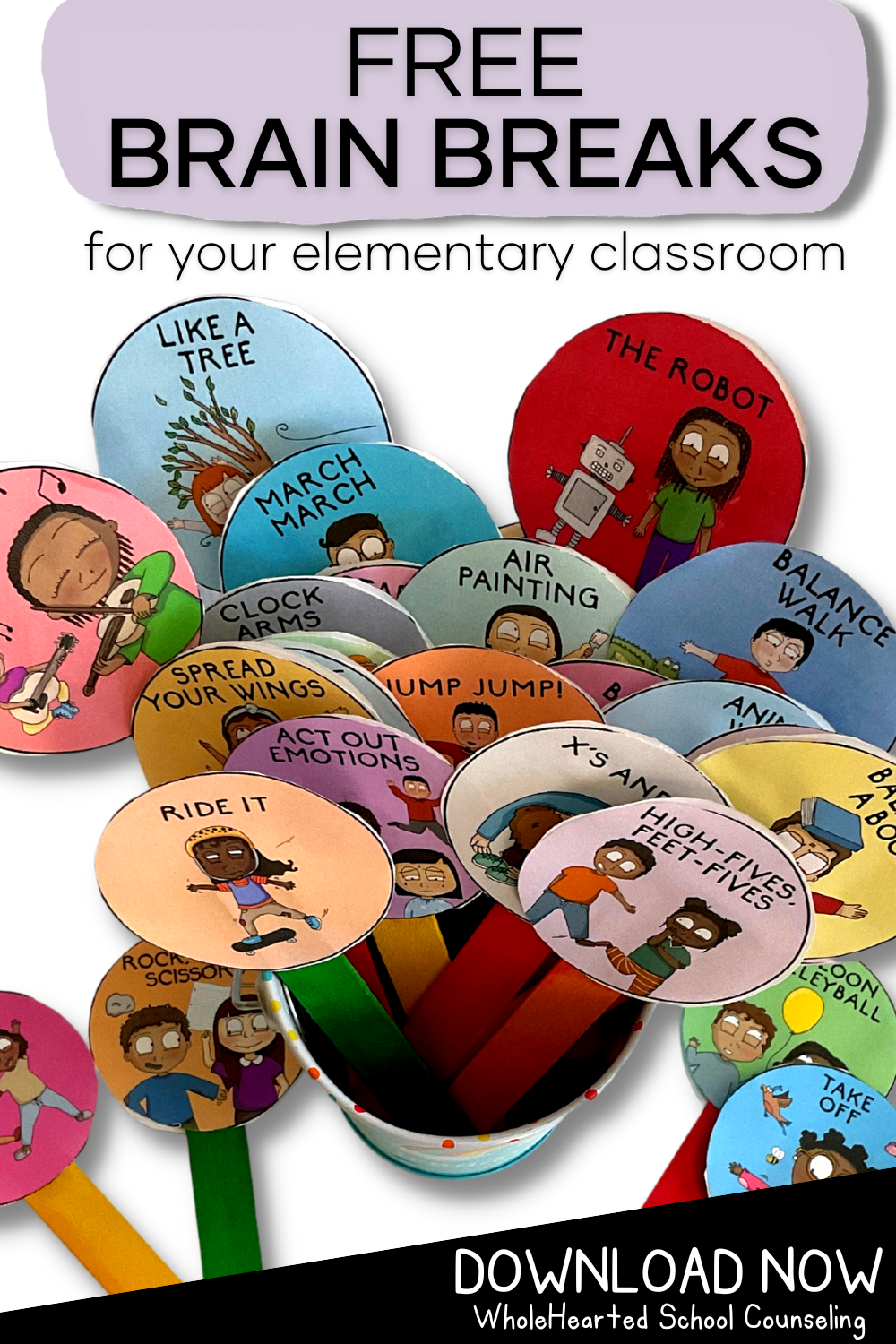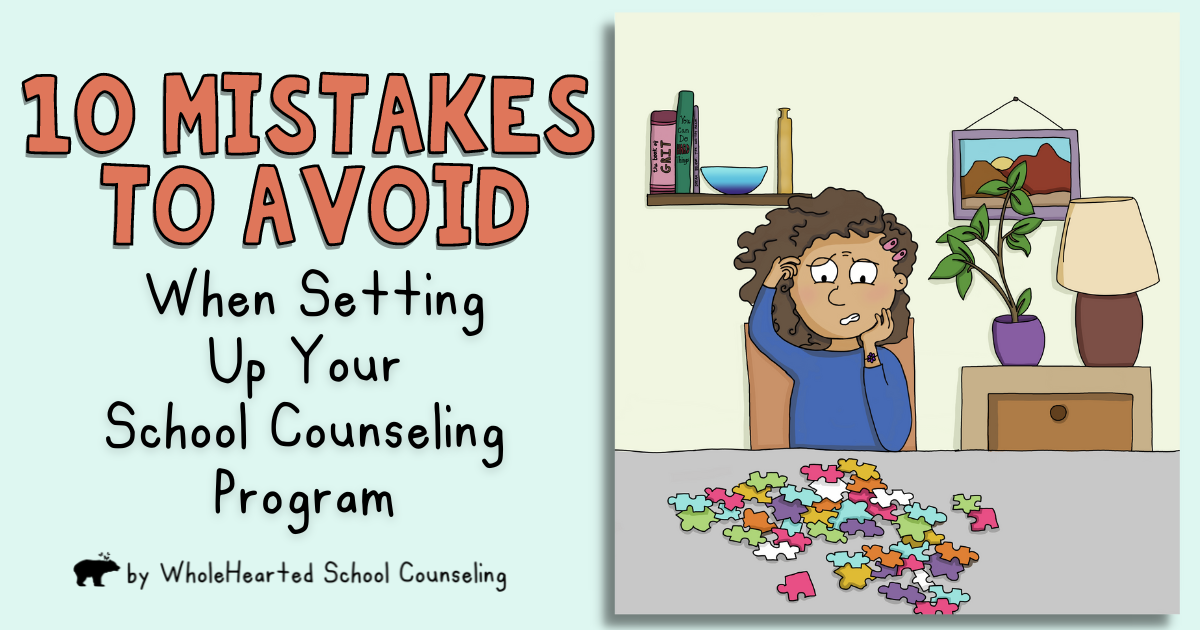
CLASSROOM BRAIN BREAKS ARE ESSENTIAL TO LEARNING
Movement breaks throughout the day are often called brain breaks, but perhaps it is more accurate to call them brain repair! Quick breaks can increase a child’s learning. In addition, movement breaks can decrease a child’s stress and anxiety and help them to focus and stay emotionally regulated. Which means that if you’re not already using fun brain breaks in your classroom routine, it’s time to start. So let’s dive deeper into 6 very good reasons to use them.
1. MOVEMENT IS LIKE NOURISHMENT FOR THE MIND & BODY
Children – and adults – need to move. Unfortunately, a child’s world is increasingly inactive. The use of screen time, both at home and in the classroom, and increased. Hours of “seat work” in school and homework at home (plus video games social media scrolling) results in more hours each day spent in movement-deficient behavior. Just as a person’s body requires nourishment in the form of healthy food, it also requires nourishment in the form of movement.
A child’s body and mind requires levels of sensation and movement throughout the day to function optimally. This includes in the realm of learning. At the most basic biological level, muscles and joints need to be moved and challenged. As a child grows and develops, his or her body learns its relationship with gravity, sight, touch, and sound through physical activity. Children learn through their senses. And movement is key to developing that.
One of my favorite fun brain breaks that helps kids get grounded, work on their balance, and connect with their surrounding environment is called Shake It Out. It’s 1 of 30 Breathing and Movement Breaks Animated Videos, too!
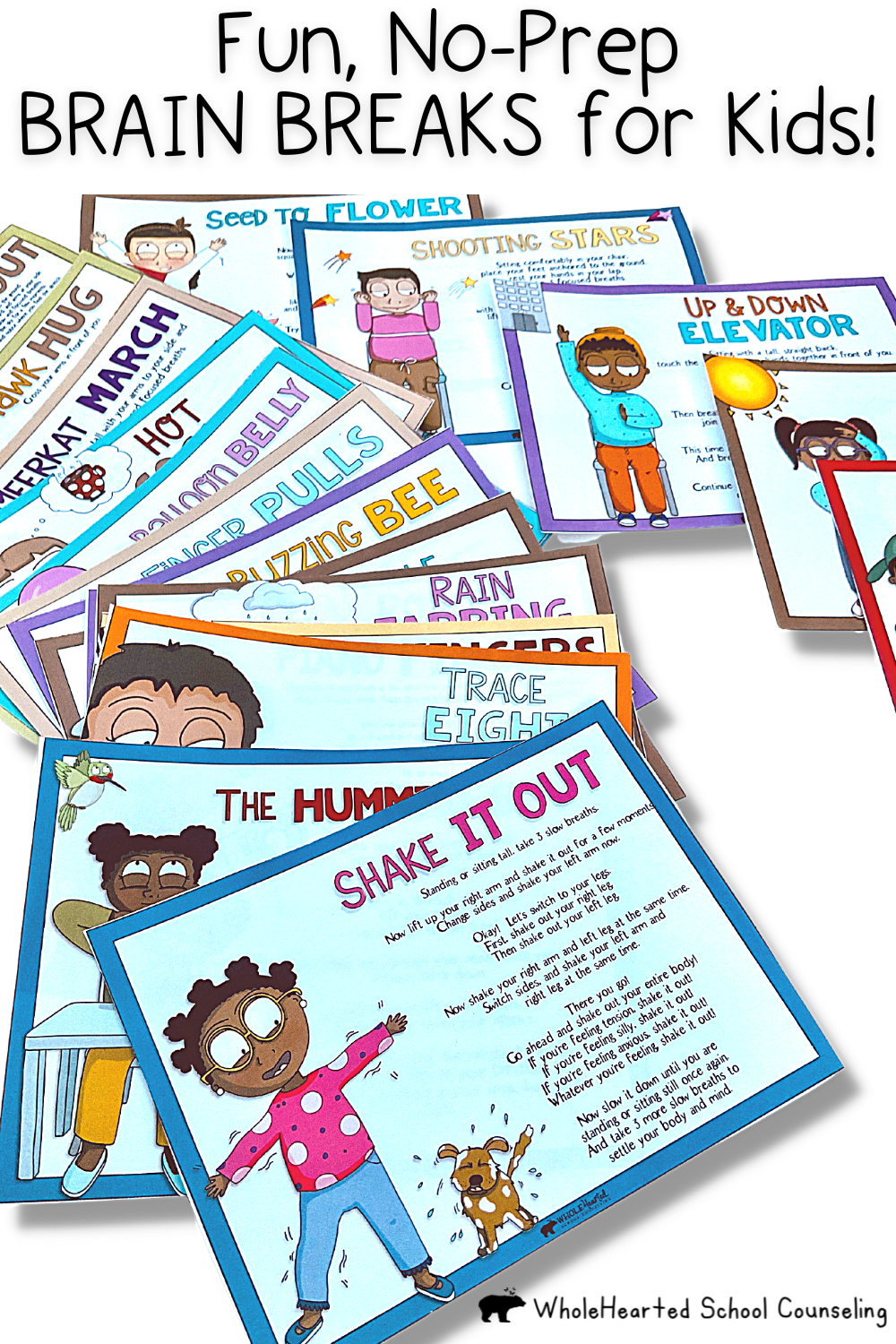
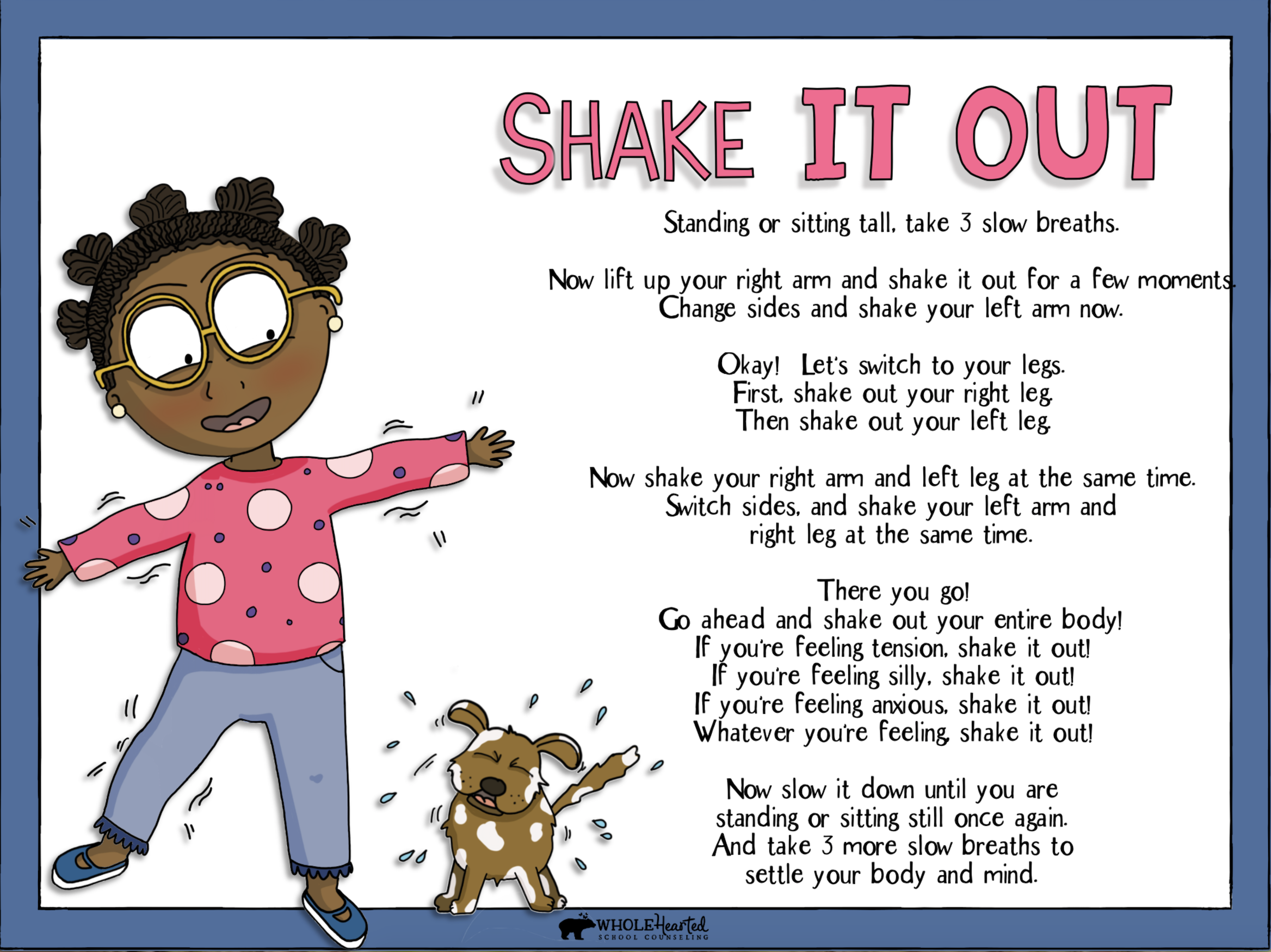
2. FUN BRAIN BREAKS ENERGIZE!
One of the biggest clues that it’s time to throw in a a brain break is when you notice your students start to yawn or slump into their desk. Or they might fidget their feet, tap the table, or ask again and again for a water or bathroom break. These are all signs that your students need to get energy flowing to wake up their brains.
When you see this behavior, you know it is time to get in some movement activity. Or better yet, why wait until you notice these brain and body dragging signs? Integrate short brain-body movement exercises throughout every 20-30 minutes to prevent sluggishness from even happening in the first place.
If you’re looking for some really fun energizing brain breaks, just sign up for the WholeHearted Newsletter to download my (FREE!!) Ready-Set-Go Brain Breaks!
3. BRING CALM + FOCUS INTO YOUR CLASSROOM
On the other side, perhaps your students have TOO much energy. In that case, you can use mindfulness movements and breathing exercises to cultivate calm and focus. Mindfulness brain breaks are a great way to help students ground themselves. This not only makes for a calmer classroom, but also makes transition times much easier, too.
Below are 3 of the exercises included in my bestselling 48 Mindfulness Brain Breaks resource. (This resource now includes a digital option with music and narration, too….making it super easy for teachers and other adults to join along, too!).
4. STUDENTS BETTER REGULATE THEIR EMOTIONS WITH MOVEMENT
We all know the importance of using exercises as a coping skill to deal with big emotions. In fact, one of the most effective, evidence based ways to deal with stress is to move.
So why not integrate stress reducing movement exercises into your classroom everyday, as a stealthy way to prevent emotional dysregulation?
In fact, many times kids display “outbursts” or what is deemed “inappropriate behavior” because it’s their brain and body’s way to communicate it needs more physical activity. Which means….not getting enough movement can actually be a major source of stress for kids. In other words, a lack of movement in and of itself can trigger a full blown stress response, even if there is nothing else going on in a child’s life.
You can help students reduce stress by simply having them run in place for 20 seconds. Or do wall, chair, or floor push ups. Invite kids to play air baseball or pretend they are making basketball hoops.
Want to Use a More Quiet Energy? Try Yoga
If you’ve ever done yoga yourself, you probably know how calming slow, deliberate movements in line with mindful breathing can be. Yoga is wonderful – and fun – coping skill; practicing yoga can improve self-control, self-awareness, mental focus, and even memory.
There’s lots of effective ways to bring yoga into the classroom without using mats or having your students take off their shoes. If you are looking for ideas be sure to check out my Classroom Yoga resource: a collection of 32 classroom friendly poses.
One of my favorites, adapted for the classroom, is Downward Facing Dog using your chair:
1. Stand in front of and face the chair. Then lean over and place your hands flat on the seat.
3. Slowly, take a step or two back so that your arms are stretched out in front of you and your spine is long and straight.
4. Place your feet hip-width apart from each other. Look down towards the floor or between your legs. Notice how your body feels.
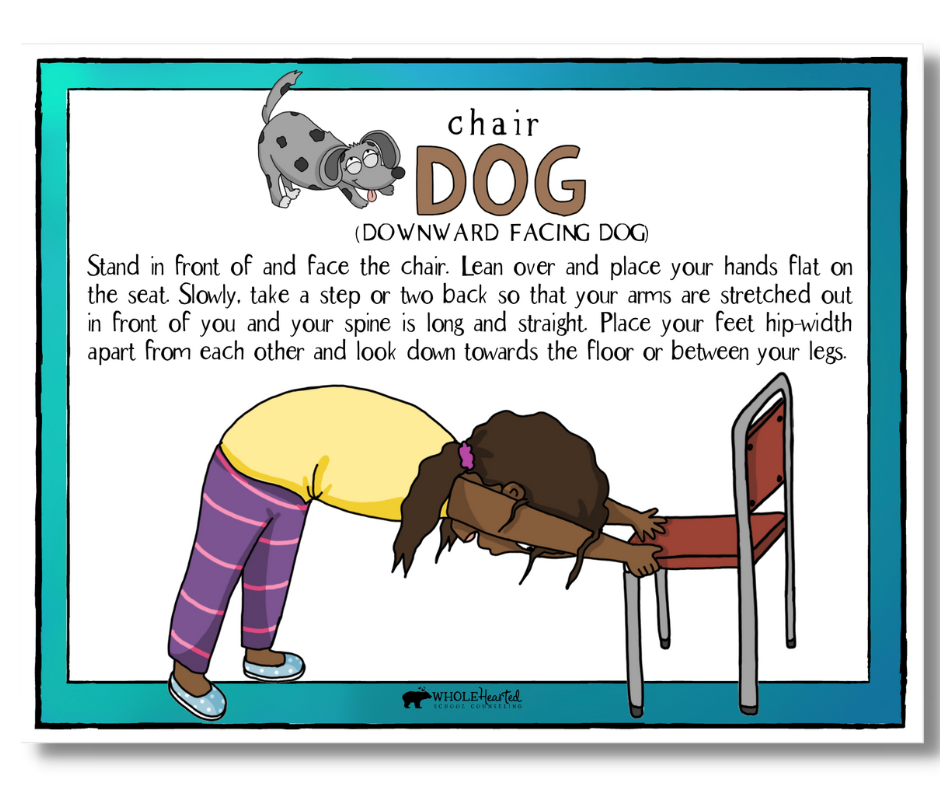
5. BREAK BREAKS HELP CREATE ROUTINE AND EASE TRANSITIONS
6. BRAIN BREAKS MAKE YOU SMARTER
For real! Not only does movement feel good, improve self-regulation, and cultivate calmness – or energy – it can also help students think more clearly and improve memory and focus.
Some of the best ways to give a child’s “brain muscle” a good workout out are exercises that involve crossing the midline, also known as cross crawls.
Cross crawls work because they help to connect the right part of your brain to the left part of your brain. This improves neuron communication and increases your ability to pay attention. Moreover, exercises that involve crossing the midline improve fine motor skills, ability to process numbers and letters, directional understanding (as in left, right, up, down), and balance.
You can find 3 different cross crawl fun break break exercises in my Calm Kids Activity Book – Calm Corner Kit.
PAY ATTENTION TO WHAT WORKS
Unsure of which brain breaks are working best with your students? Watch for their body cues and get their input. Is it repetitive movement, like short walks and movement songs like Head, Shoulders, Knees and Toes? Is it large movement, like a few sprints around the playground or giant frog leaps? Don’t be afraid to explore different types of movement and to change it up regularly, to find out what works best for your classroom and students.
As children begin to recognize the changes that come with movement, they will begin to create that movement in creative ways on their own. Whether it be a 30 second wiggle of the body, a few fun yoga poses, or a longer outdoor activity, incorporating movement throughout the day will be sure to bring big positive changes to the classroom day!


